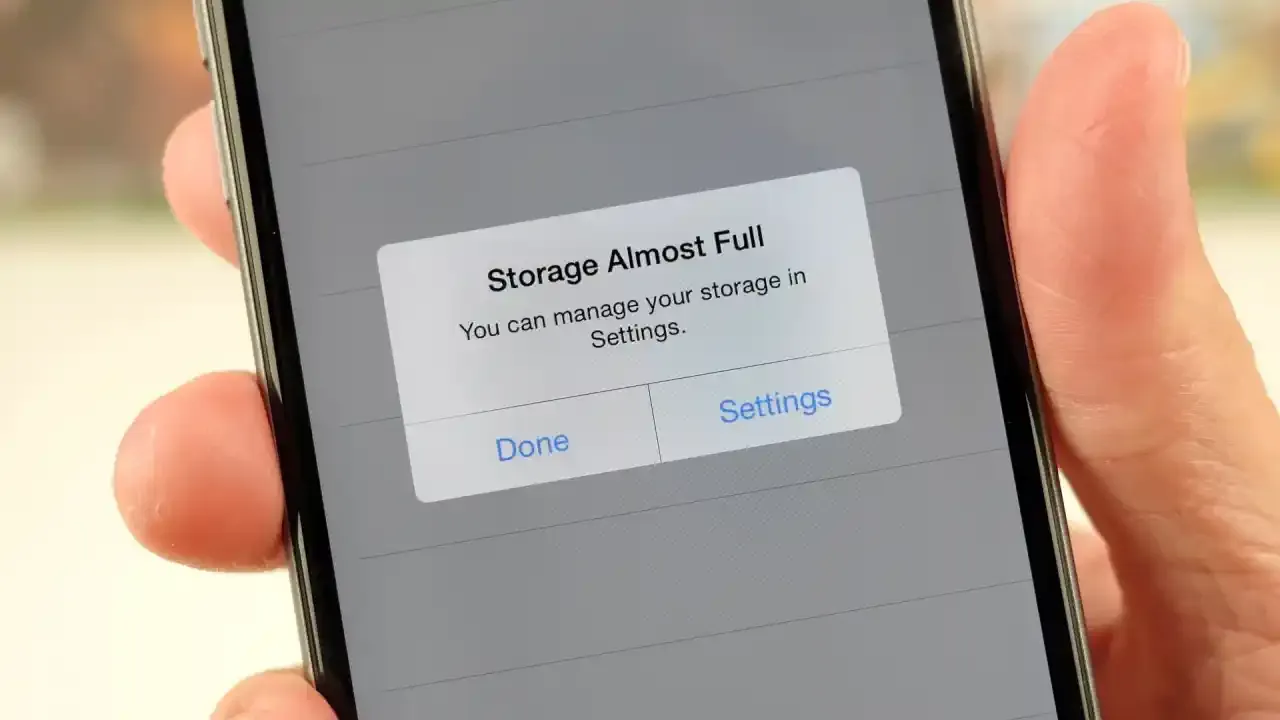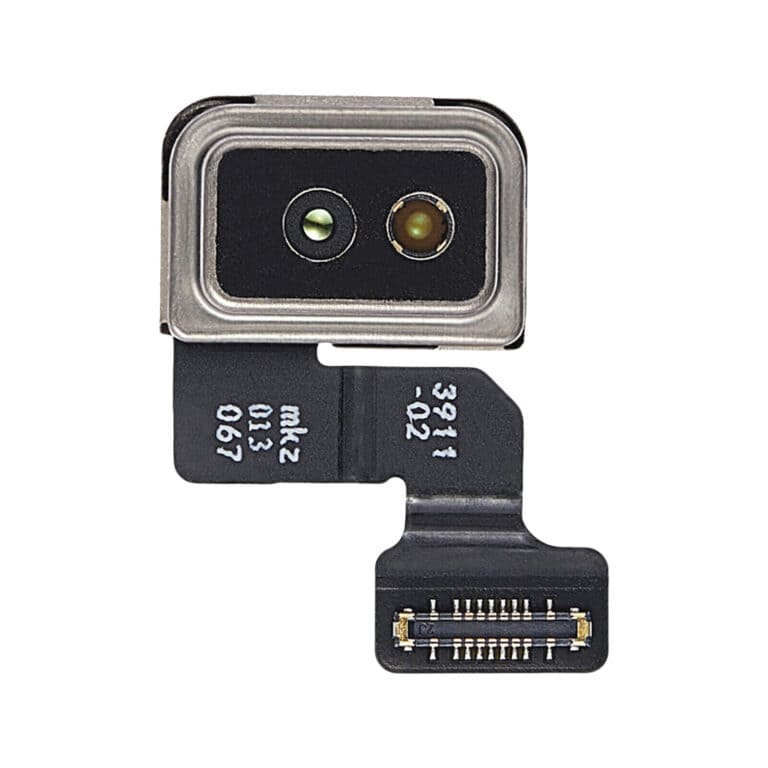Smartphones have two key components: memory and storage. Memory, also known as RAM, is where data is temporarily stored for quick and easy access. On the other hand, storage is where data is saved more permanently. To make an informed decision and get the most out of your device, it’s crucial to understand the difference between the two components.
What is Phone Storage?
- The Filing Cabinet: Think of your phone’s storage as a long-term filing cabinet. It holds everything you want to save: photos, videos, apps, music, documents, and more.
- Capacity Matters: Storage comes in various sizes (e.g., 64GB, 256GB, 512GB). The more storage, the more files you can keep on your phone.
- Types of Phone Storage:
- Internal Storage: Built into the phone, often non-expandable.
- Expandable Storage: Allows you to add more space via a microSD card (not available on all phones).

What is Phone Memory (RAM)?
- The Multitasking Desk: Imagine your phone’s memory (RAM) as your desk. The bigger the desk, the more tasks you can handle at once.
- Performance is Key: RAM affects how smoothly your phone runs, especially when multitasking or using demanding apps.
- Measured in Gigabytes: Like storage, RAM is measured in gigabytes (GB). More RAM generally means better performance.
Phone Storage vs. Memory: A Simple Comparison
| Feature | Storage | Memory (RAM) |
|---|---|---|
| Purpose | Holds files permanently | Temporarily stores data for running apps |
| Impact on device | Determines how much you can store | Influences speed and multitasking smoothness |
| Capacity | Typically larger (e.g., 64GB, 256GB) | Typically smaller (e.g., 4GB, 8GB, 12GB) |
| Upgradable? | Sometimes (expandable storage) | Not user-upgradable |
Why the Difference Matters
- File Hoarders vs. Multitaskers: If you take lots of photos/videos or download large apps, focus on storage capacity. If you frequently switch between apps or run power-hungry games, prioritize RAM.
- Budgeting: Phones with more storage or RAM usually cost more. Understanding your needs helps avoid overspending.
Key Takeaways
- Memory, or RAM, is for temporary data access to enhance multitasking.
- Storage is for permanent data retention, like photos and apps.
- These components are crucial for a smartphone’s overall performance.
Understanding Phone Storage
Phone storage is essential for keeping all your apps, photos, videos, and files. It’s different from memory, which helps your device run applications actively.
Types of Phone Storage
Phones use internal storage to house the operating system and store your personal data. This is often referred to as ROM (Read-Only Memory), but unlike its name suggests, you can write data to it. Common internal storage capacities include 64GB, 128GB, 256GB, and even 512GB or 1TB in newer models. External storage, like microSD cards, provides additional storage space which is useful if your phone supports this feature.
Measuring Storage Capacity
Storage capacity is typically measured in gigabytes (GB) and terabytes (TB). 1TB equals 1000GB. The amount of storage influences how many apps, photos, and other files your phone can hold. Higher capacity like 128GB or 256GB is often needed for those who store lots of media.
Expanding Phone Storage
To expand your phone’s storage, you can use microSD cards, if your phone has a slot for one. Another way to add more space is to use cloud storage services. These services may offer a set amount of free storage and offer more space through a monthly subscription.
Exploring Phone Memory
Phone memory is a crucial component that allows smartphones to operate smoothly. It encompasses the system’s ability to process and run applications efficiently.
How Memory Works
Memory in the context of smartphones refers to Random Access Memory (RAM). This type of memory is volatile, meaning it only holds data temporarily while the device is on. When you start an app, the operating system moves it from the slower long-term storage into the RAM. This is because RAM is faster and allows the processor to access data quickly.
- Volatility: RAM does not store data permanently.
- Speed: Access to data in RAM is quicker than reading from storage.
RAM ensures that active apps and the operating system have immediate access to the data they need. The amount of RAM, also known as memory capacity, can affect the number of tasks a device can handle simultaneously.
Role of RAM in Performance
RAM’s primary role in a smartphone is to enhance performance. When your device has more memory capacity, it can run multiple apps at the same time without slowing down. Let’s break it down:
- Multitasking: More RAM allows for more apps to be run concurrently.
- Speed: The link between the processor and RAM is critical for swift app operation.
If a phone has insufficient RAM, it may struggle with performance, leading to slow app execution and delays. On the other hand, enough RAM paired with a capable processor ensures that the device performs tasks efficiently and quickly.
Frequently Asked Questions
This section answers common queries about the distinctions and impacts of RAM and internal storage in smartphones.
What is the difference between RAM and internal storage on a smartphone?
RAM, or Random Access Memory, is a type of temporary storage that a phone uses to hold data needed by running apps. Internal storage, on the other hand, is where the phone keeps long-term data like photos, videos, and apps.
How does having more RAM affect the performance of a smartphone?
More RAM allows a smartphone to manage more tasks simultaneously and to switch between apps smoothly. It is crucial for multitasking and can improve overall performance.
Why might someone need a phone with a larger internal storage capacity?
A person might need more internal storage to save a large number of photos, videos, apps, and other files without relying on cloud services or external storage options.
What happens to a smartphone’s performance when its storage is almost full?
When a smartphone’s storage is nearly full, the device can slow down. It struggles with tasks like opening apps and files because it lacks the space to store temporary files needed for operations.
Can the storage capacity of a smartphone be upgraded like memory?
Unlike memory, smartphone internal storage is typically not upgradable after purchase. However, some models allow the use of external SD cards to expand storage space.
How can I determine the right balance between memory and storage for my needs?
Consider how you use your phone. If you switch between apps often or use demanding programs, prioritize RAM. If you store lots of media, look for more internal storage. Deciding on a balance depends on your individual usage patterns.







